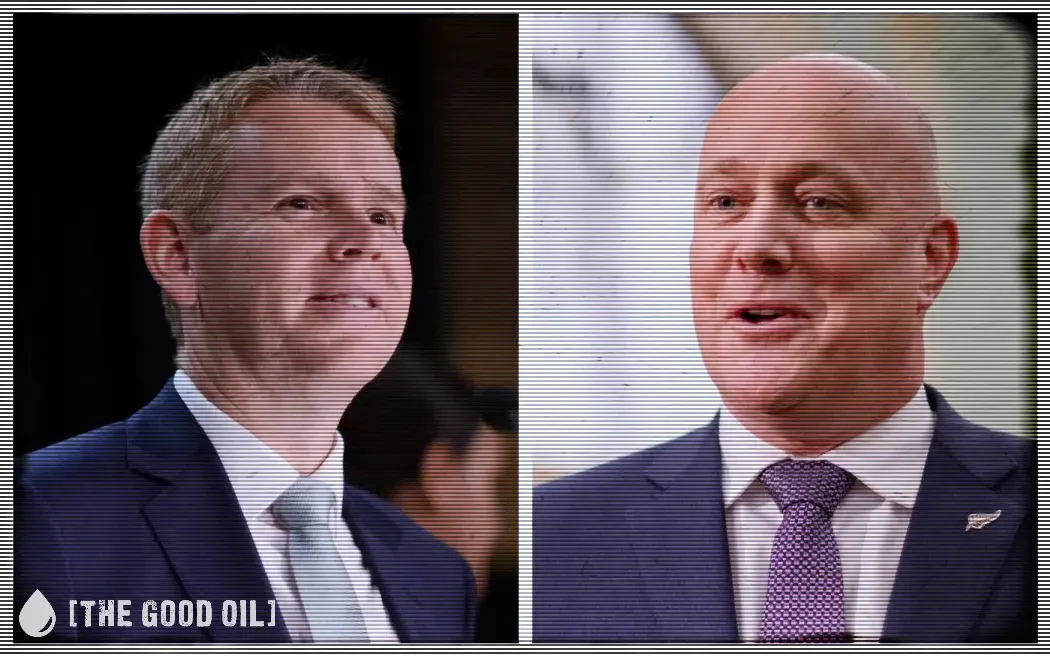The Royal New Zealand Navy has posted a press statement on its website headlined: “Final Court of Inquiry into HMNZS Manawanui grounding and sinking in Samoa released”, with a subheading: “12 further factors, in addition to the direct causes, have been identified as contributing to the grounding and sinking of HMNZS Manawanui, the final Court of Inquiry report has found.”
The amount of spin in this release is enough to make you seriously seasick.
Several immediate actions were recommended before the release of the preliminary findings of the Court of Inquiry report and Rear Admiral Golding said all of them had been addressed.
“We have not waited until the report was finished to get after what we knew we could start to improve on. With the assistance of external sources, we have completed reviews of areas such as risk management, oversight and documentation, as well as audits on the state of training, among other areas,” he said.
What a load of poppycock. You don’t fix years and years of mismanagement, inadequate training and a pathetically poor leadership culture with a few audits and some paper shuffling. This is all PR spin and there’s no way the navy hierarchy should be allowed to spin their way out of this catastrophic ineptitude. Their spray of sexy words should start and end with the truth: It was a clusterf**k of epic proportions caused (as I said above) by mismanagement, inadequate training and poor leadership culture, and Rear Admiral Golding should tender his resignation immediately.
The speed of the leader is the speed of the crew and the evidence lies on the bottom of the Pacific Ocean.
Ironically, in the same press statement we see that the Court of Inquiry doesn’t exactly hold back:
In presenting the findings, Court of Inquiry president Commodore Melissa Ross, said the factors were: training and experience, military hydrographic planning, orders, instructions and procedures, operational risk matrix, force generation, operational release, supervision, violations, haste, leadership, distraction/interruption and hollowness.
The Court found deficiencies in the training and qualifications of key ship’s personnel involved in the incident, risks related to the survey task were not sufficiently identified, discussed and mitigated, and instructions or procedures were lacking.
The Court also found leadership was inadequate in some areas, supervision was not at expected levels and time pressure influenced the way the survey task was conducted.
The Royal New Zealand Navy is looking more like McHale’s Navy. What an embarrassment.
Rear Admiral Garin Golding said the report highlighted a gap between work as imagined and work as done.
Translation: Navy-speak for ‘We thought they knew what they were doing, but they didn’t.’
Not specified in the press statement summary of the court’s findings is this little gem quoted directly from the report:
Witness one was not platform endorsed for the Ship. The Court notes that she should have held a command platform endorsement, the requirements for which are set out at paragraph 3.04i of MM33.45 – New Zealand Manual of Navigation.
Witness one is the commanding officer. The captain of the ship. The captain of the ship was not platform endorsed for the ship. Translation: The commanding officer of the ship was not certified for that ship.
The buck stops with the captain even if they weren’t on the bridge at the time; however, for all the detailed clutter in the 120-page report, there are two things that are glaringly obvious:
Firstly, it’s clear that the ship was under crewed (in terms of numbers) and many were also under trained. Key people who should have been there to oversee this operation were simply not there. This was a crew under pressure. RNZN’s fault.
Secondly, the reason they ran aground, notwithstanding all the additional factors the court found, was quite simple: The autopilot was turned on and the ship wasn’t responding to manual input at the helm. Period!
Even the most basic seaman or weekend boatie out for a cruise on the harbour would work this out pretty quickly. No response to the helm? Check auto pilot!
Should the RNZN have put a commanding officer in charge of a ship for which they didn’t have a command platform endorsement?
Should the commanding officer have declined command without having a command platform endorsement?
That no lives were lost is a huge relief and indeed a credit to the crew who, despite leadership issues at the top, were able to safely carry out the final operation to a positive outcome. Of that they should be proud. But there’s little else for the navy to feel good about.







